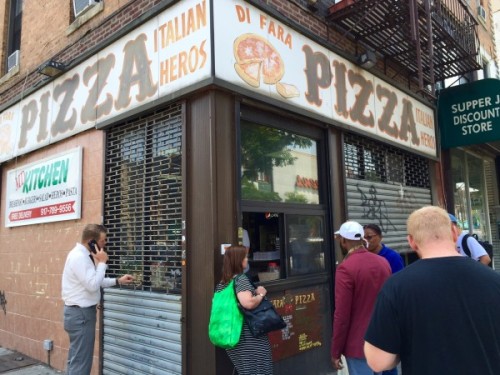OK, another story about pandemic driven lines. But this one has a twist. Yes, the virus is forcing lines to form outside of stores, but what would you give to be able to see the line before you left the house? Apparently, if you live across the street from a Trader Joe’s, your friends pester you enough about the current line situation that you set up a web cam or just tweet regularly (Is There a Line at Trader Joe’s? Social-Media Spies Are Keeping Track, Jun 12, Wall Street Journal).
The die-hard fans of Trader Joe’s may be waiting the longest. The grocery chain is known for its specialty items, cultlike following and ubiquitous lines that were bad enough before the pandemic. Now, even as the economy reopens, queues at several locations can stretch for blocks beyond the entrance.
Coming to the rescue is an informal network of Good Samaritans who are quarantined with prime views of a local Trader Joe’s. As a public service, they regularly tweet or broadcast updates on the lines outside.

